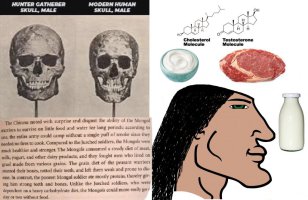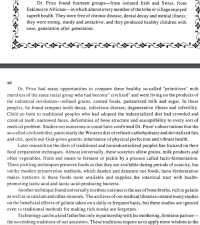Gânico
Member
- Joined
- Jan 22, 2021
- Messages
- 286
Modern humans aren't big chewers, so their teeth are longer and usually malocclused, but notice how some primitive humans teeth are perfect, straight and with edge-to-edge bites, almost resembling horse ones, thanks to their lifetime heavy chewing regimen. Might explain why north american indians and inuits are so unique, with huge, robust and developed faces.
Some pictures:
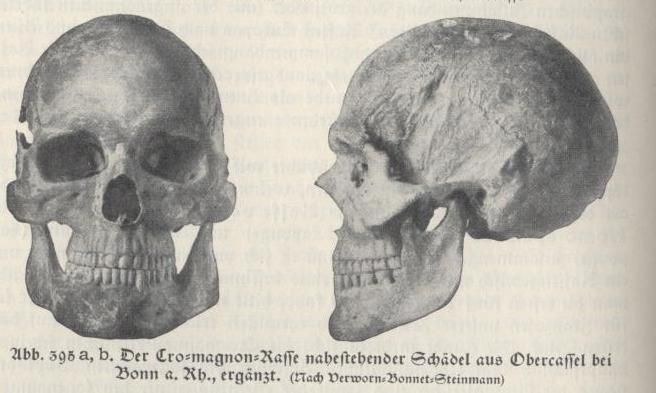
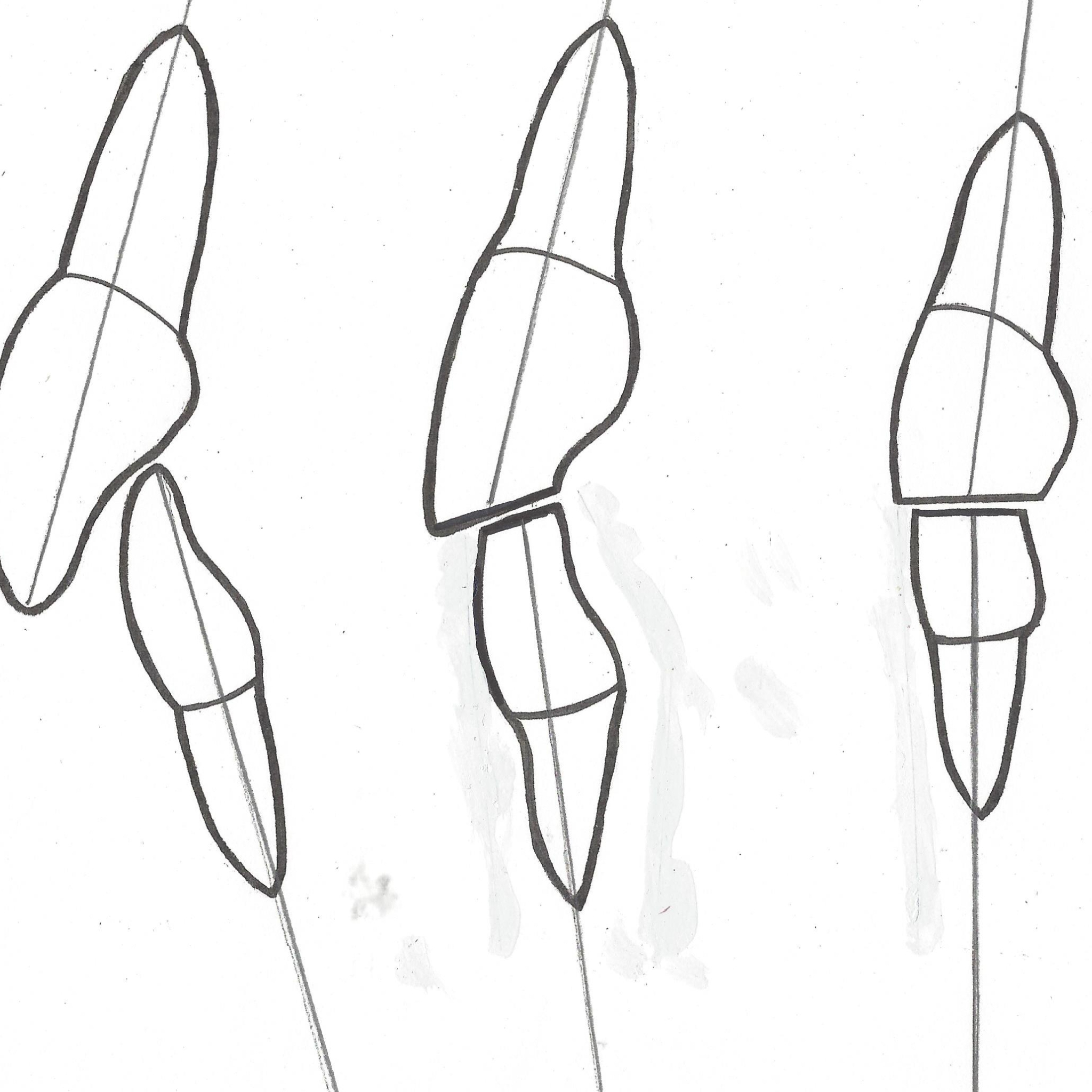
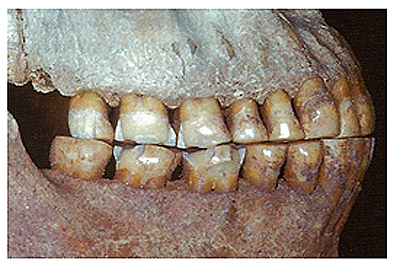

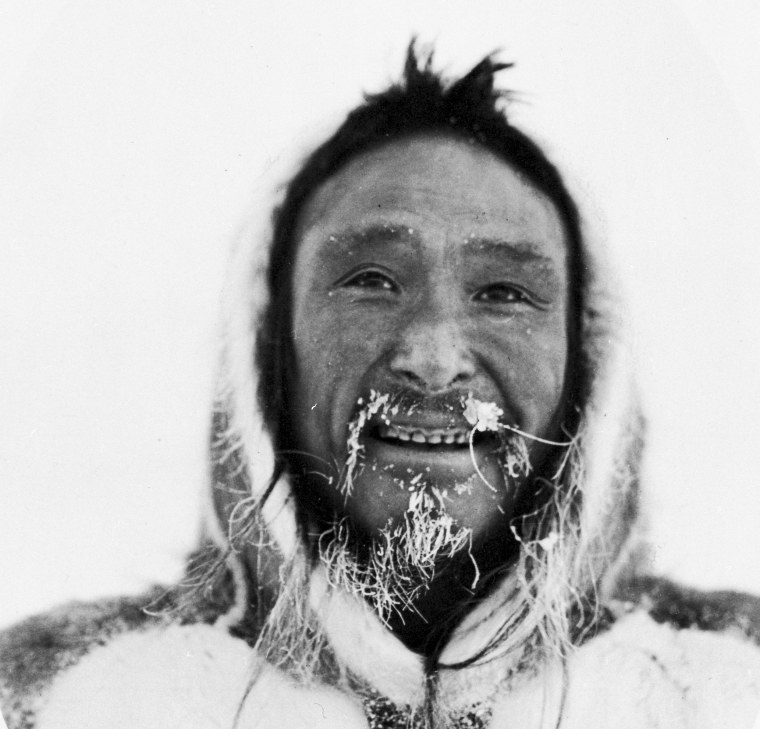
Some pictures:





